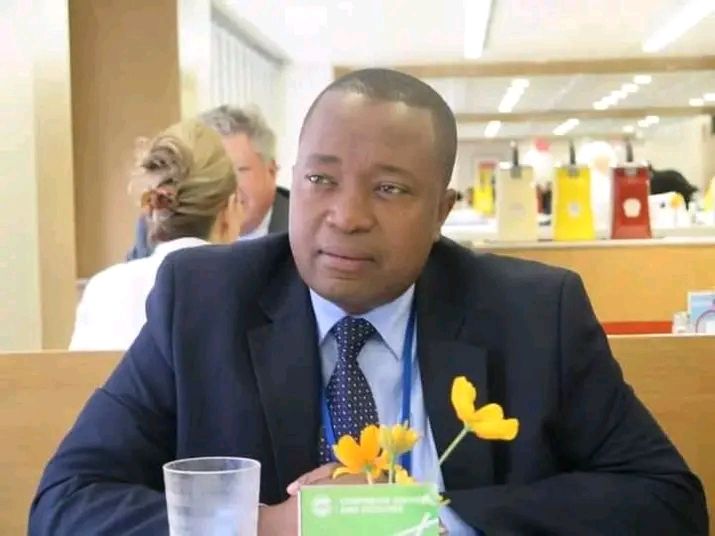By Burnett Munthali
Dr. Dalitso Kabambe’s departure from the Democratic Progressive Party (DPP) was driven by a series of intertwined factors that reveal the complexities of political ambition and internal party dynamics. Here are the key reasons behind his exit:
Firstly, Kabambe harbored aspirations to become the DPP’s presidential candidate. He anticipated being directly handpicked as the successor to President Peter Mutharika (APM). However, DPP’s policy required that all aspirants be elected through a party convention, not appointed outright by APM. This policy created a significant obstacle for Kabambe, who felt his aspirations were not being addressed adequately.

Secondly, Kabambe’s discontent grew when APM announced at the National Governing Council (NGC) meeting that he intended to run for re-election in 2025. APM’s strategy involved representing the DPP in the 2025 elections with the plan to transition leadership afterward. Kabambe, frustrated by this announcement, left the meeting prematurely, unable to accept APM’s decision.
Thirdly, in his frustration, Kabambe, in collaboration with businessman Leston Mulli, initiated an underground campaign aimed at discrediting APM. This effort was intended to undermine APM’s position and elevate Kabambe’s own candidacy. However, the campaign failed to gain significant traction within the party.
Fourthly, Kabambe was linked to financing legal actions against APM to prevent him from contesting the convention. The plot was exposed when it became apparent that Kabambe had failed to pay those involved in the legal maneuvers. This exposure, highlighted by media reports involving figures like Ken Nsonda and Malata, further damaged Kabambe’s standing within the DPP.
Fifthly, after his involvement in the legal controversy was made public, Kabambe recognized that he had compromised his position within the DPP. Despite his outward show of continued support for APM, he was aware that his actions had irrevocably damaged his reputation and prospects within the party.
Sixthly, following the suspicious death of Soulos Chilima, Kabambe saw an opportunity to realign himself with the United Transformation Movement (UTM). He believed that UTM could offer a more viable platform for his presidential ambitions, allowing him to pursue his goals more swiftly than he could within the DPP.
In summary, Dr. Dalitso Kabambe’s exit from the DPP was a result of unmet expectations, internal party conflicts, failed covert operations, and a strategic realignment with the UTM to better achieve his political ambitions.


